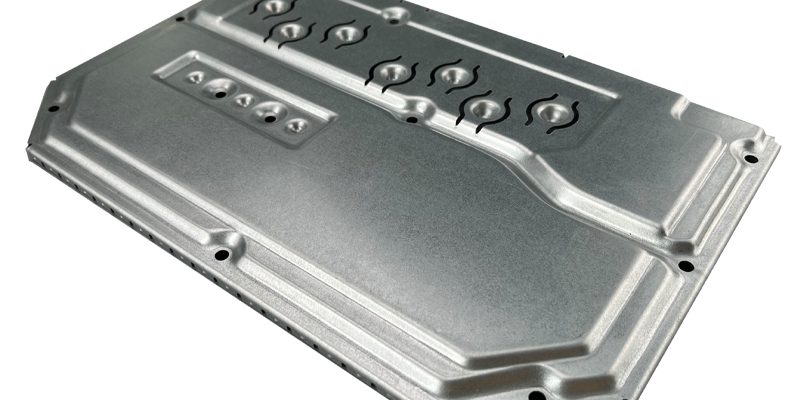Internationally, there are a series of standards and test methods for the corrosion resistance of automotive sheet metal parts. The common relevant standards are as follows:
1. **Salt spray test standards**:
– **Neutral salt spray test (NSS)**: For example, international standard ISO 9227 is a widely used salt spray test method. Use sodium chloride brine with a concentration of 50g/L, and control the pH value between 6.5 – 7.5. Place the automotive sheet metal sample in a salt spray test chamber and continuously spray for a certain period of time (such as 24 hours, 48 hours, 96 hours, etc.), and then observe the corrosion situation on the sample surface, including phenomena such as rusting, blistering, and peeling, to evaluate its corrosion resistance.
– **Acidic salt spray test (AASS)**: Add glacial acetic acid on the basis of the neutral salt spray test to reduce the pH value of the solution to 3.0 – 3.1. The corrosiveness is stronger in an acidic environment and can detect the corrosion resistance of sheet metal parts more quickly. This test method is of great significance for the corrosion resistance test of automotive sheet metal parts used in harsh environments (such as acid rain areas).
– **Copper accelerated salt spray test (CASS)**: Add copper chloride on the basis of the acidic salt spray test to further enhance the corrosiveness of the salt spray. This test method can simulate the corrosion situation of automotive sheet metal parts under extremely harsh conditions in a relatively short time. However, due to the strong corrosiveness, it is necessary to carefully select the test time and conditions to avoid excessive acceleration of corrosion and inability to truly reflect the actual usage situation.
2. **Cyclic corrosion test standards**: Some international standards use cyclic corrosion tests to evaluate the corrosion resistance of automotive sheet metal parts. For example, the international standard ISO 11997 series standards specify different cyclic corrosion test methods, including cycles of multiple stages such as salt spray, drying, and wetting, to simulate various environmental conditions that automobiles may encounter in actual use, such as alternating occurrences of humidity, drying, and salt spray. Through multiple cycle tests, the corrosion resistance of automotive sheet metal parts in complex environments can be evaluated more comprehensively.
3. **Coating adhesion and corrosion resistance standards**: If the surface of automotive sheet metal parts has a coating (such as paint, anti-corrosion coating, etc.), relevant coating adhesion and corrosion resistance standards need to be followed. For example, international standard ISO 2409 specifies the test method for coating adhesion, and evaluates the bonding force between the coating and the sheet metal substrate by means of grid cutting tests; for the corrosion resistance of the coating, the ISO 4628 series standards specify the evaluation method of corrosion grades such as blistering, rusting, and peeling of the coating to determine whether the corrosion resistance of the coating meets the requirements.
4. **Material standards**: For the materials used in automotive sheet metal parts, there are also corresponding international standards to specify indicators such as chemical composition, mechanical properties, and corrosion resistance. For example, for stainless steel materials, international standard ISO 15510 specifies the chemical composition, mechanical properties, and corrosion resistance requirements of different grades of stainless steel; for aluminum alloy materials, the international standard ISO 6361 series standards specify the technical requirements and test methods for aluminum alloy sheets, profiles and other products, including the corrosion resistance test of materials.






